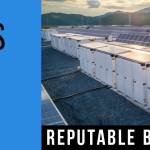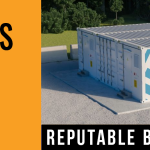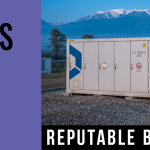
Plant factories may be the technology we need to feed a growing and warming planet.
The operations, which have no access to natural sunlight and grow plants in vertical rows, are designed to be incredibly efficient. They require 95 percent less water and 99 percent less land than conventional farms, while growing leafy greens with scientific precision without pesticides. Because of their small physical footprint, vertical farms also can produce food close to the urban areas where it will be consumed, reducing the need for transportation and logistics.
The tradeoff: Indoor agriculture demands a staggering amount of energy. Lights run 16 hours a day and facilities require impressive HVAC equipment, reaching an energy intensity per square foot that surpasses datacenters. The energy load varies greatly depending on the size and type of operations, but it could be between 500 kilowatts and 15 megawatts — more than a retail box store and less than a data farm.
Schneider Electric sees an opportunity here. The international service provider has identified indoor agriculture as one of the four major drivers that will increase electricity consumption in the next decade (the others being the electrification of heat, electric vehicles and data centers).
In partnership with Scale Microgrid Solutions, Schneider is extending its energy-as-a-service model to indoor agriculture companies. Under the arrangement, Scale finances, builds and maintains an onsite microgrid and sells the energy to the offtaker — in this case, indoor farming startups.
In the last year and a half, Schneider has announced deals with Fifth Season and Bowery Farming, two vertical farming startups.





